Bar of soap as part of the exhibition Cut a Door in the Wolf by Jason Dodge at MACRO, Rome, 11 November, 2021–16 March, 2022.



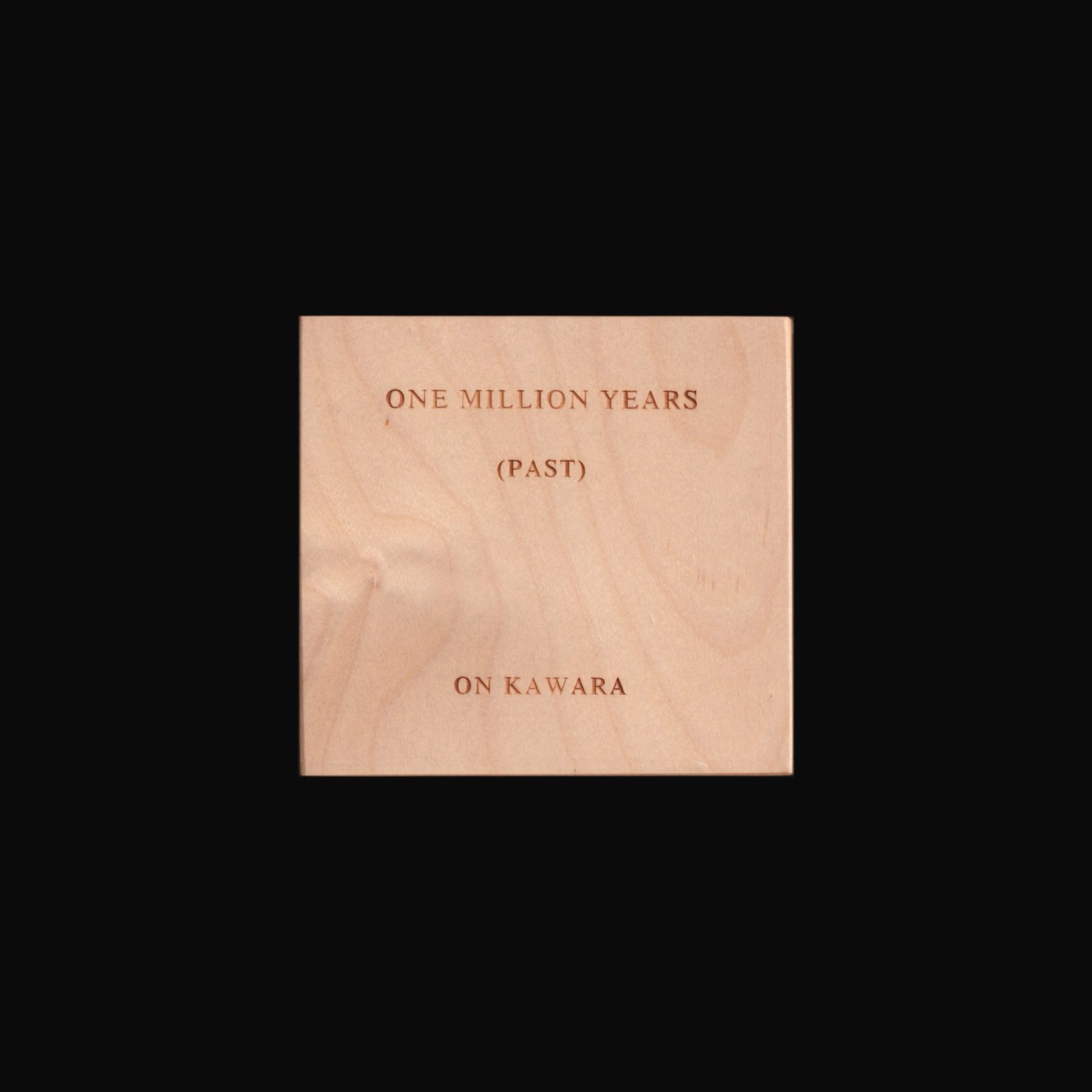

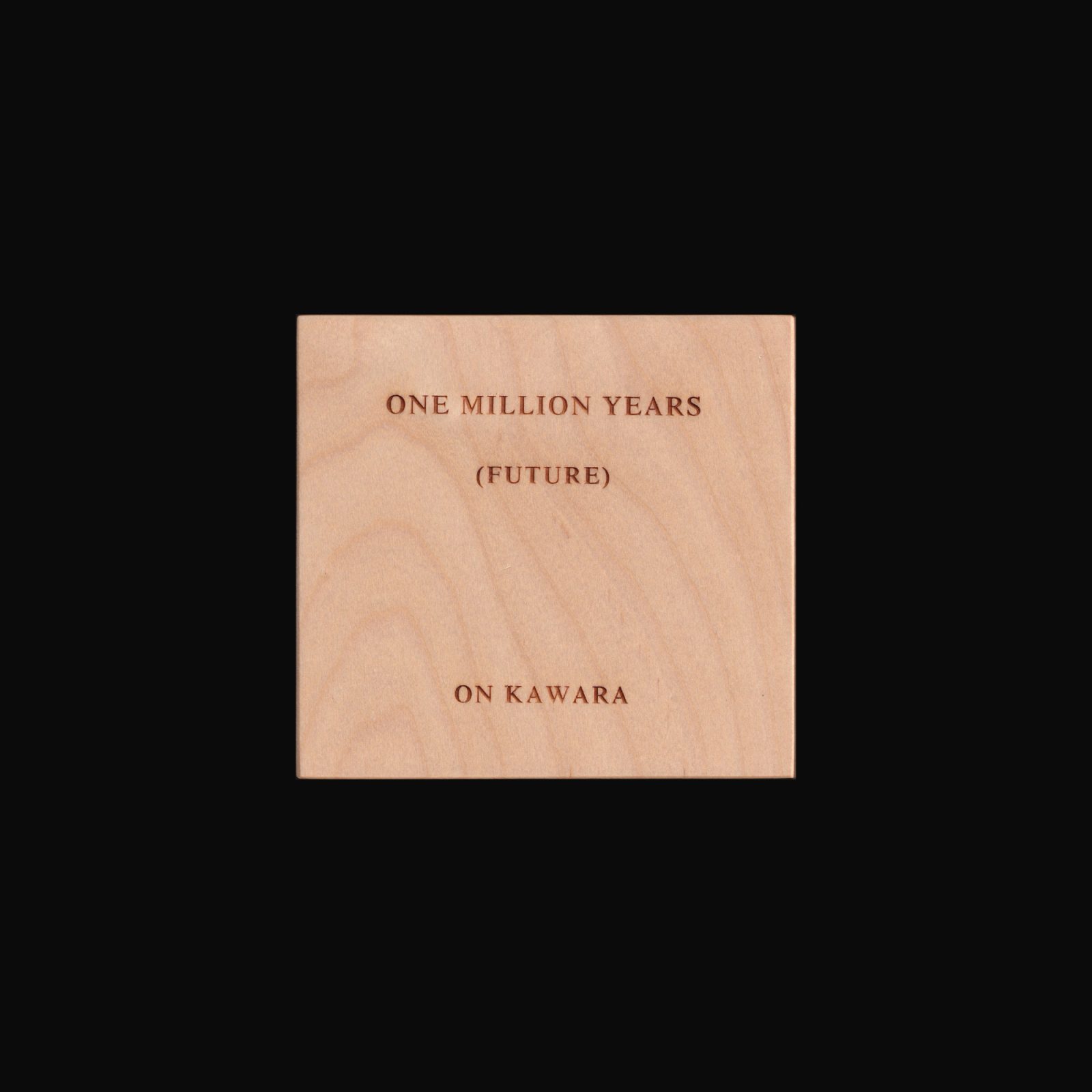
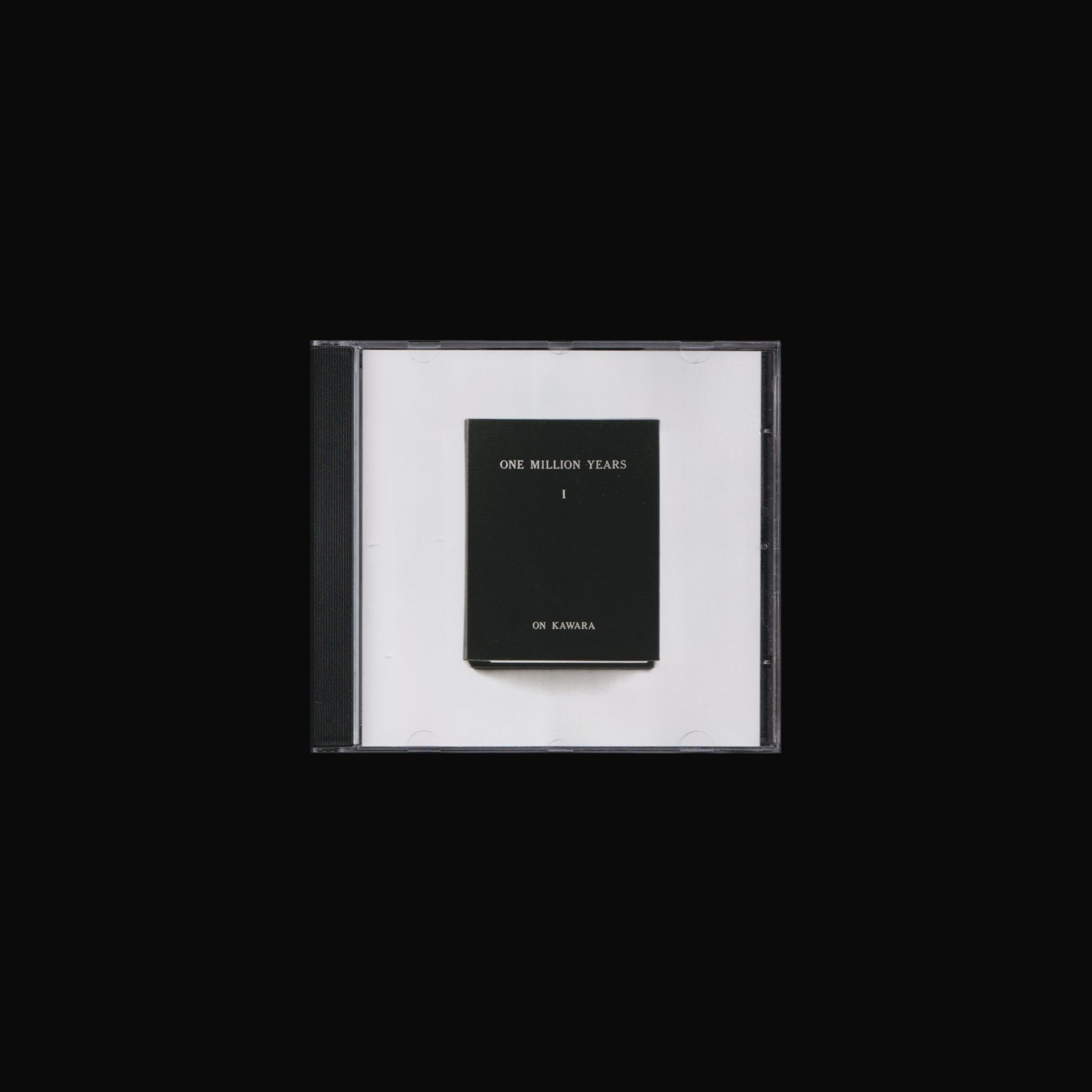
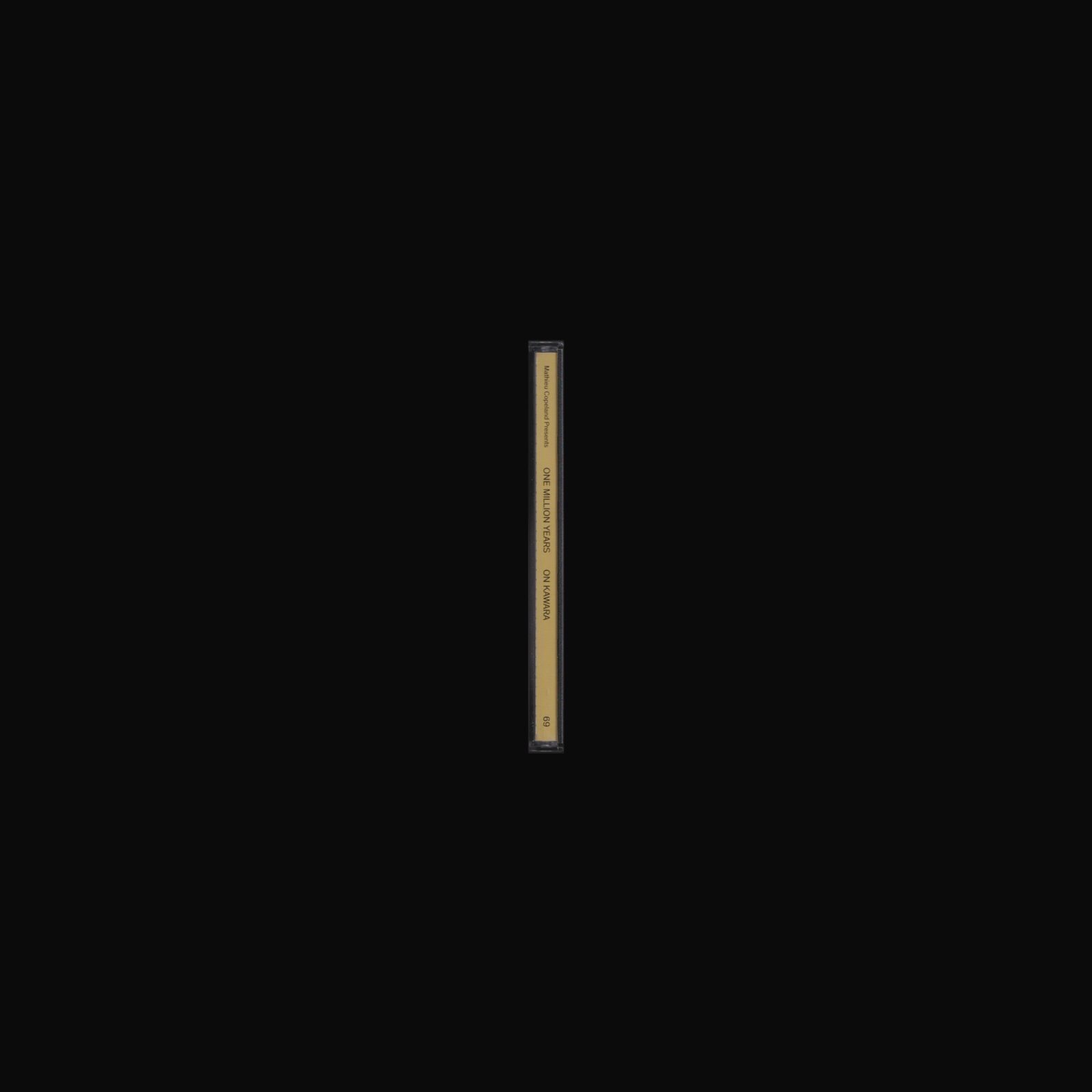
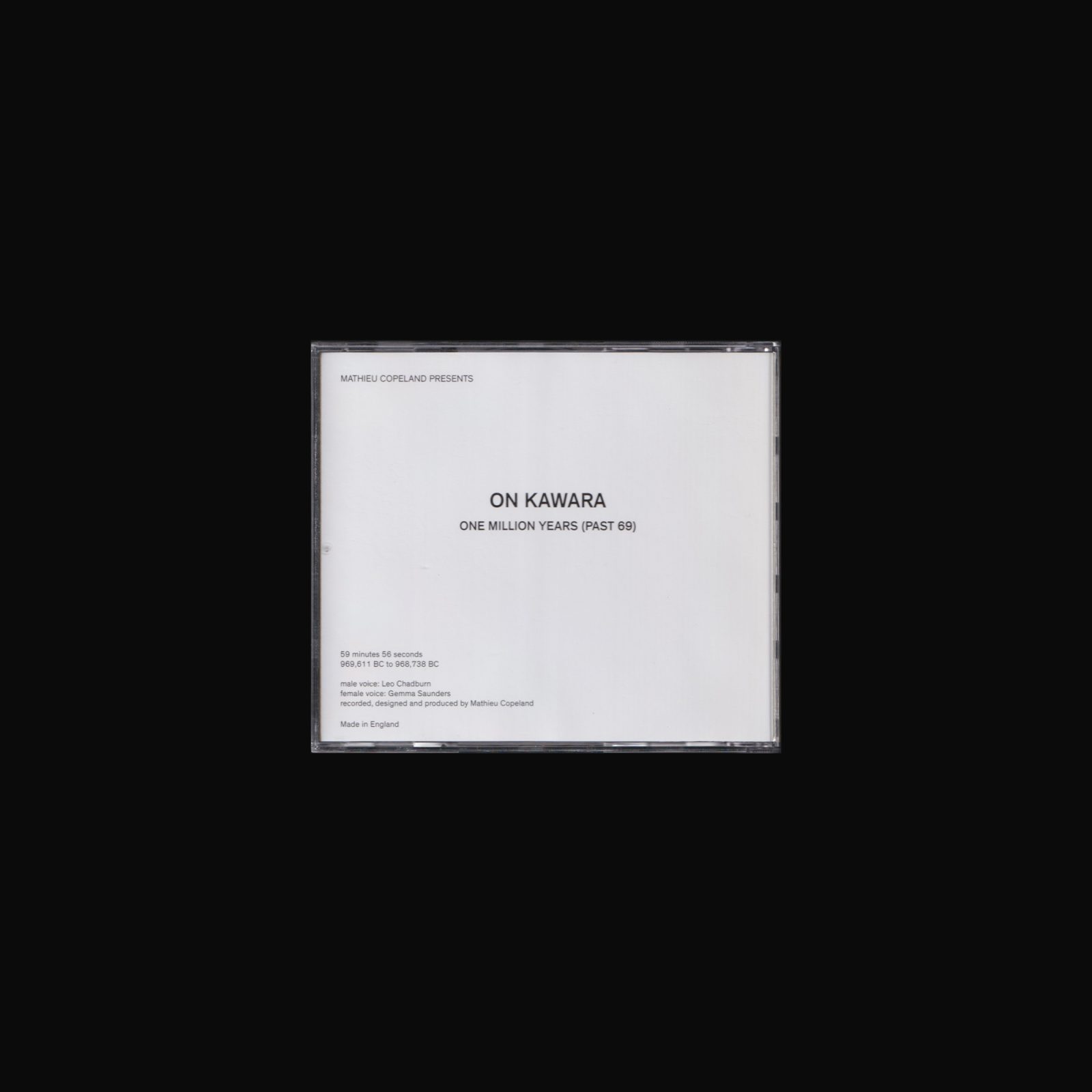
One Million Years is originally a 20-volume collection, each volume contains 200 pages and each page holds 500 typed years. Created in 1969, One Million Years [Past] contains the years 998,031 B.C. through 1969 A.D., and One Million Years [Future], created in 1981, contains the years 1981 A.D. to 1,001,980 A.D. The first audio presentation of the reading of One Million Years occurred in 1993 during Kawara’s year-long solo exhibition One Thousand Days One Million Years at the Dia Center for the Arts in New York.
This edition of 4 audio CDs in a wooden case comprises the reading of On Kawara’s One Million Years [Past and Future], covering 969 611 BC to 967 811 BC & 33 411 AD to 34 450 AD.
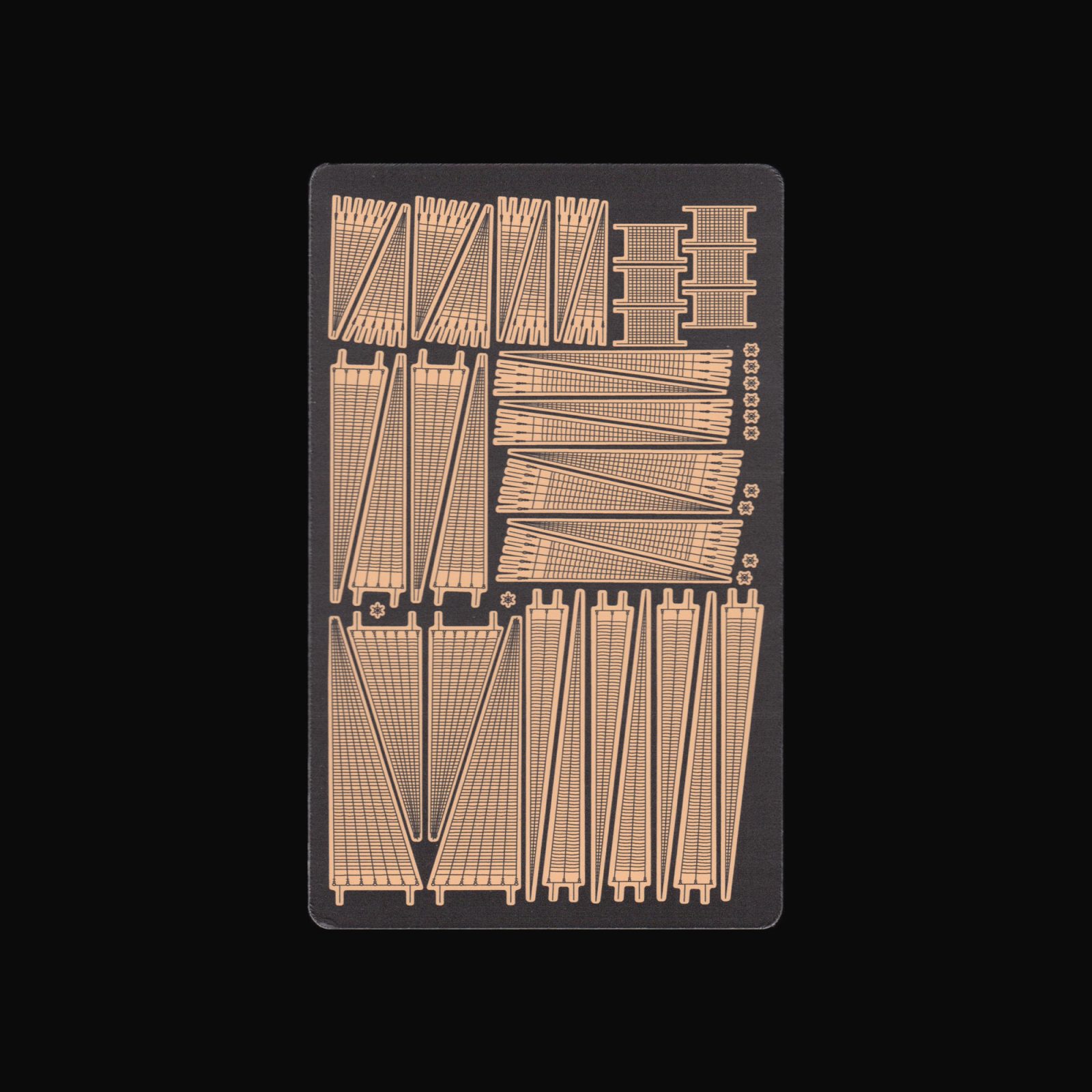
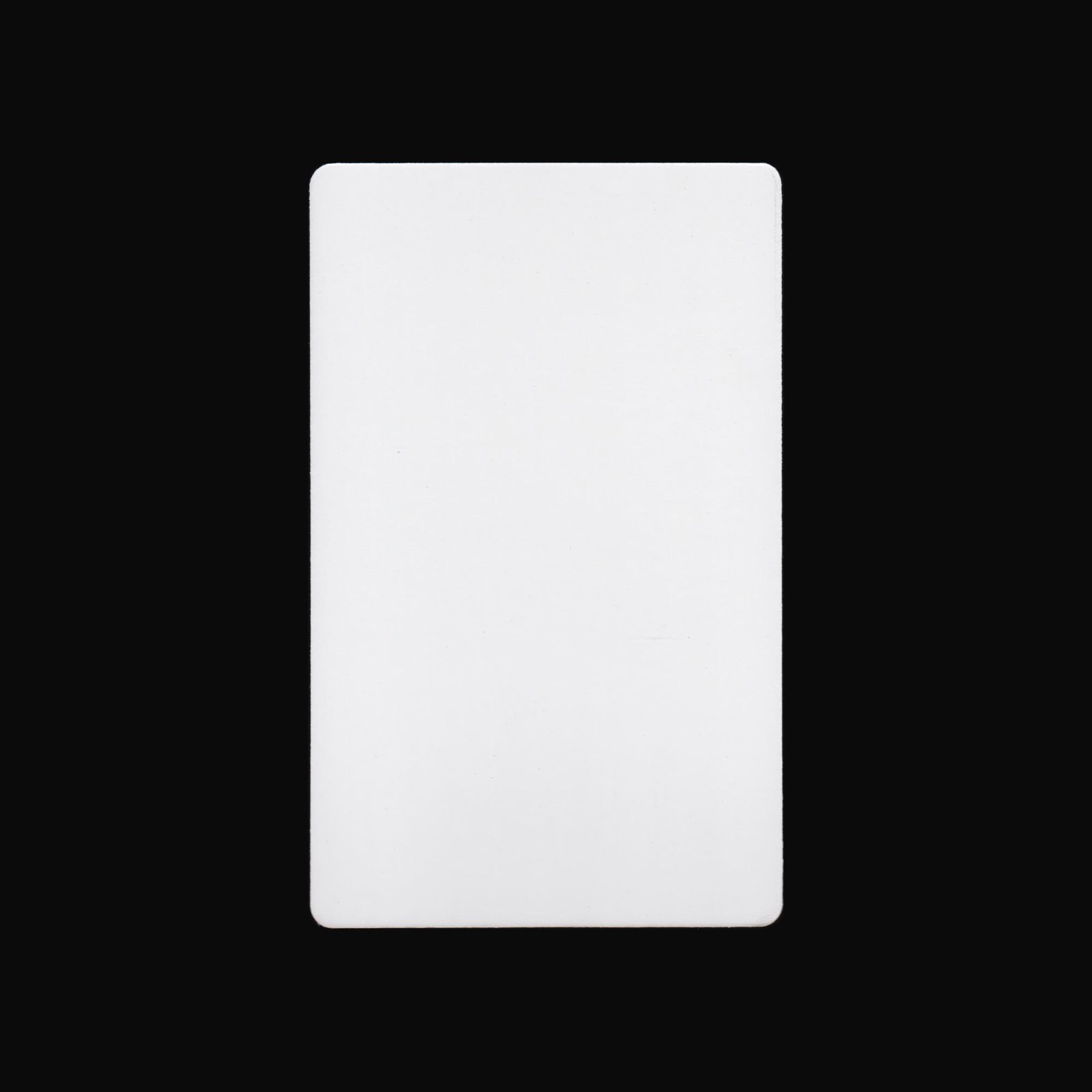
Produced on the occasion of Wyatt Niehaus: AFTER THE GOLDRUSH, 11 November, 2023–19 January, 2024.
Model sailboat ratline template. Digital print on 3-ply card-stock. Ratlines of various sizes for all rigged war ships. Scale 1:350. Edition of 50.
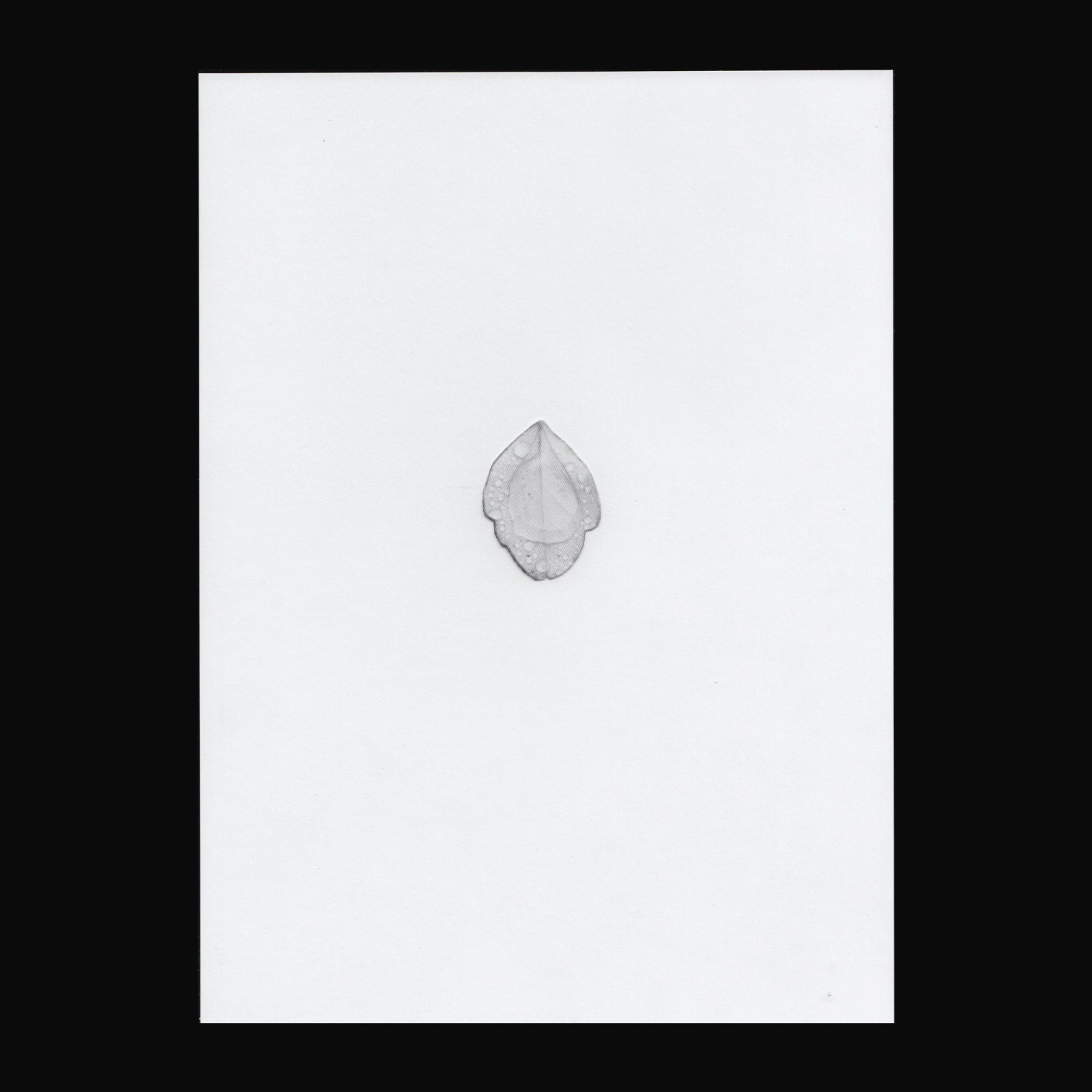
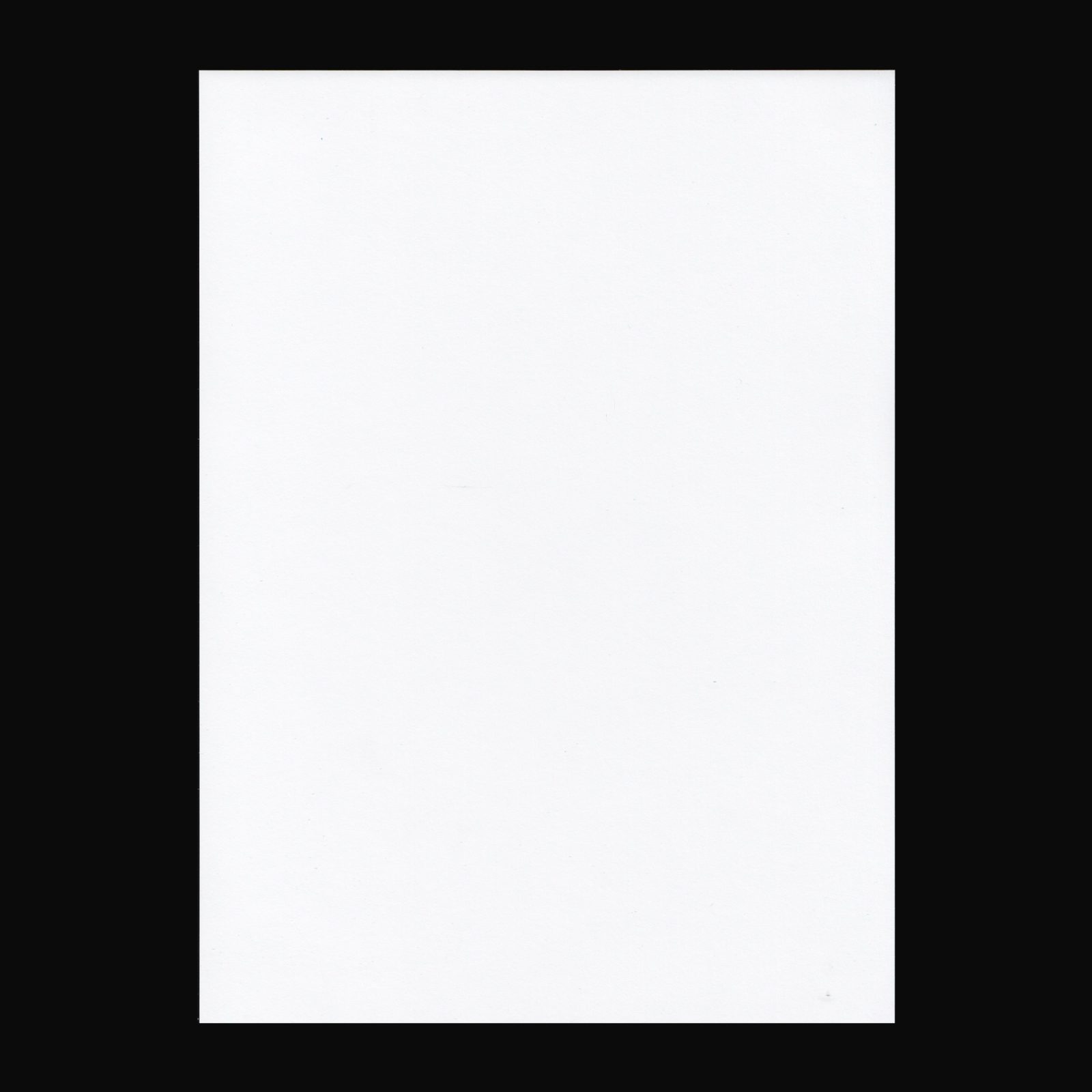
Edition of 100 copies numbered and signed by the artist on a certificate, plus 13 artist’s proofs.
As the Latinization of the Japanese name akebi, “akebia” designates fives species of plants native to East Asia. These are climbing evergreen shrubs that have been used in many ways (decoration, medicine, craft), including for the consumption of its sweet, white fruit. Delicately placed at the center of the composition, the leaf appears in this work as in an herbarium, its familiar but inexhaustible form offered to the viewers for their contemplation. But a closer examination reveals a constellation of water droplets on the surface, as well as irregular edges – and we finally understand that the leaf is a photographic cut-out. Just for a moment, we mistook the reproduction for its original. What appeared to be a clear reference to the standards of scientific, botanical representation drifts off towards another domain.
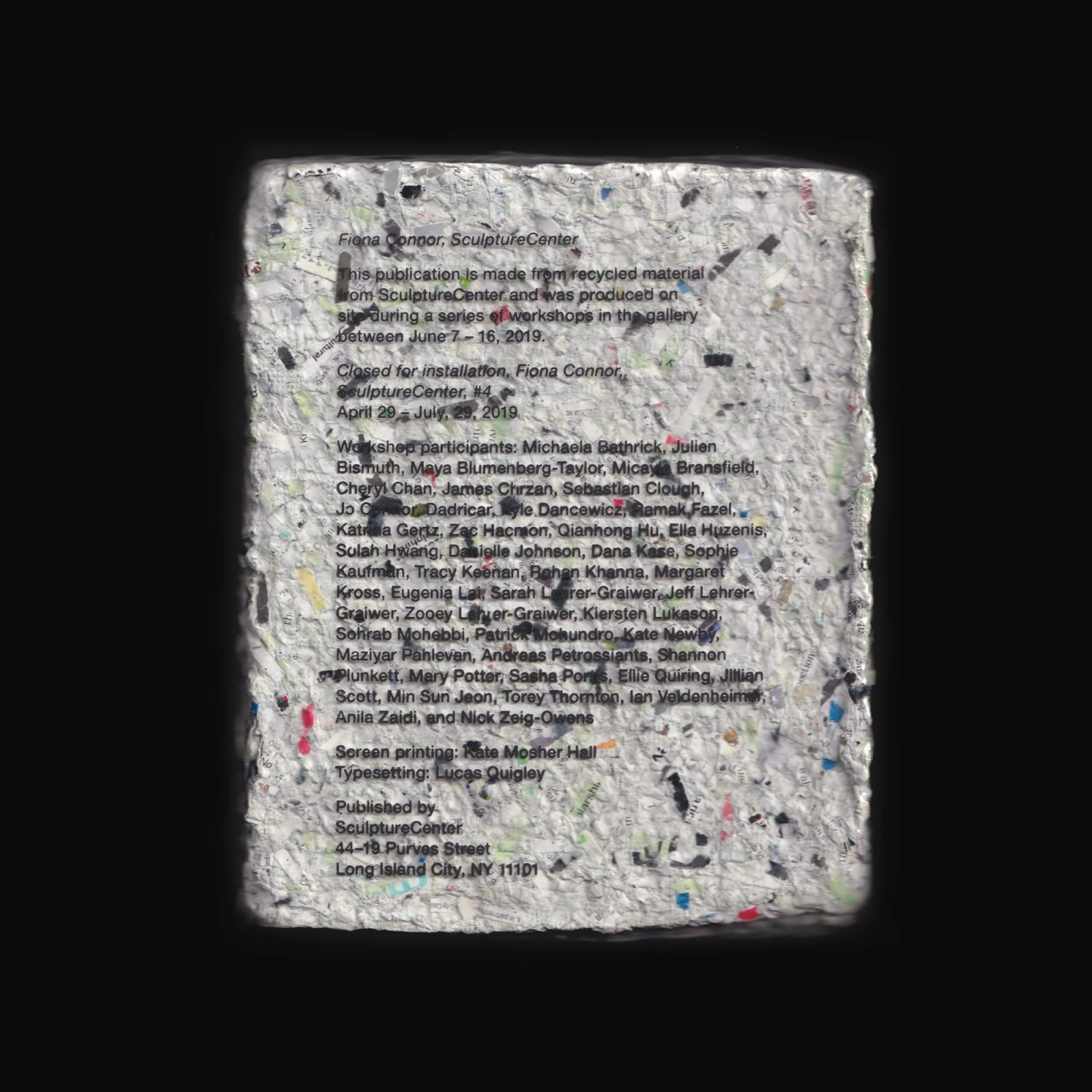
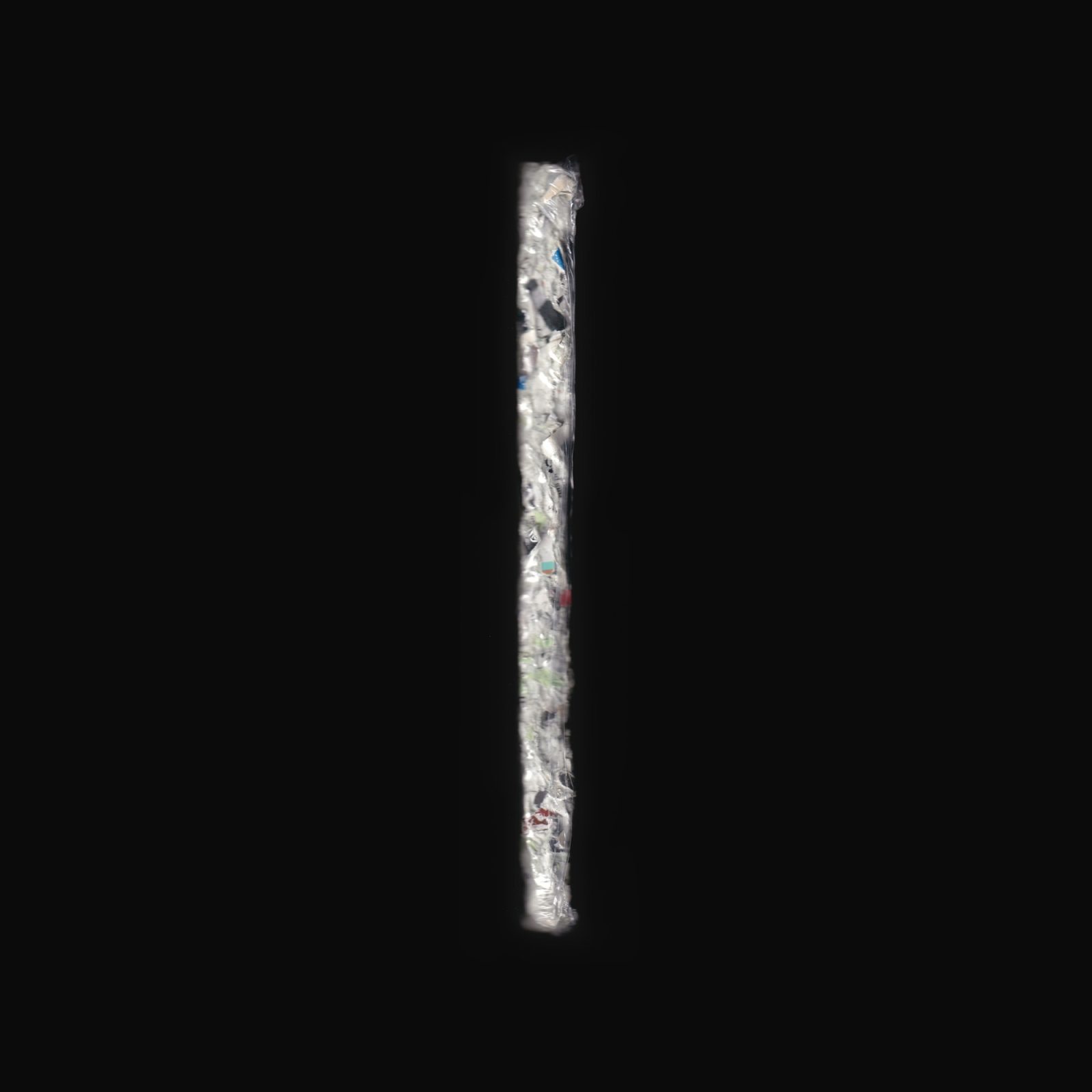

An artist book project made from printed material recycled from SculptureCenter’s offices and storage areas, produced onsite during a series of workshops in the gallery between June 7–16, 2019. Leftover printed material were mulched and soaked, then reconstituted in catalog-sized blocks that will function as the exhibition’s publication. They were subsequently screen-printed with a title (Fiona Connor, SculptureCenter) and the names of the workshop participants. Edition of 192.

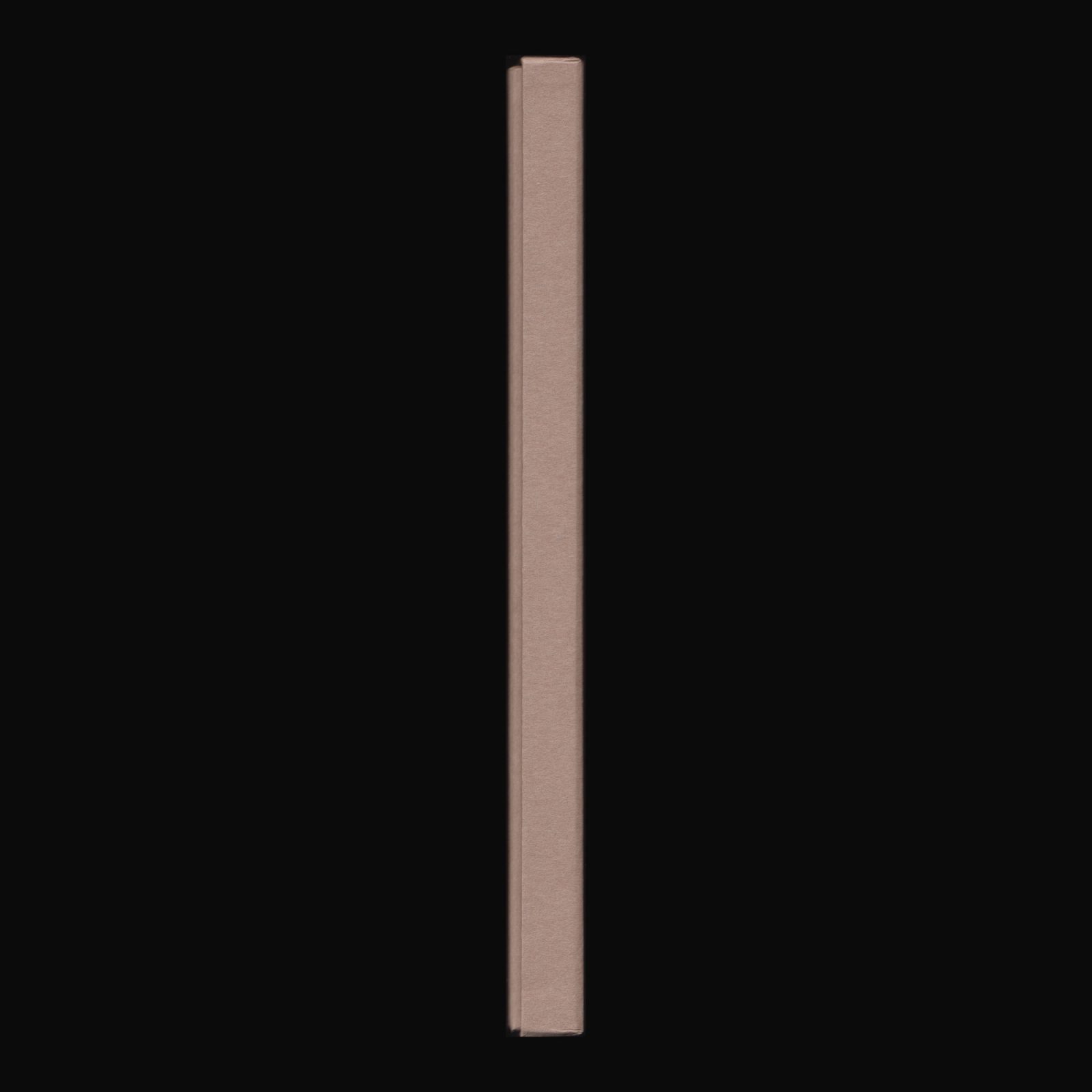
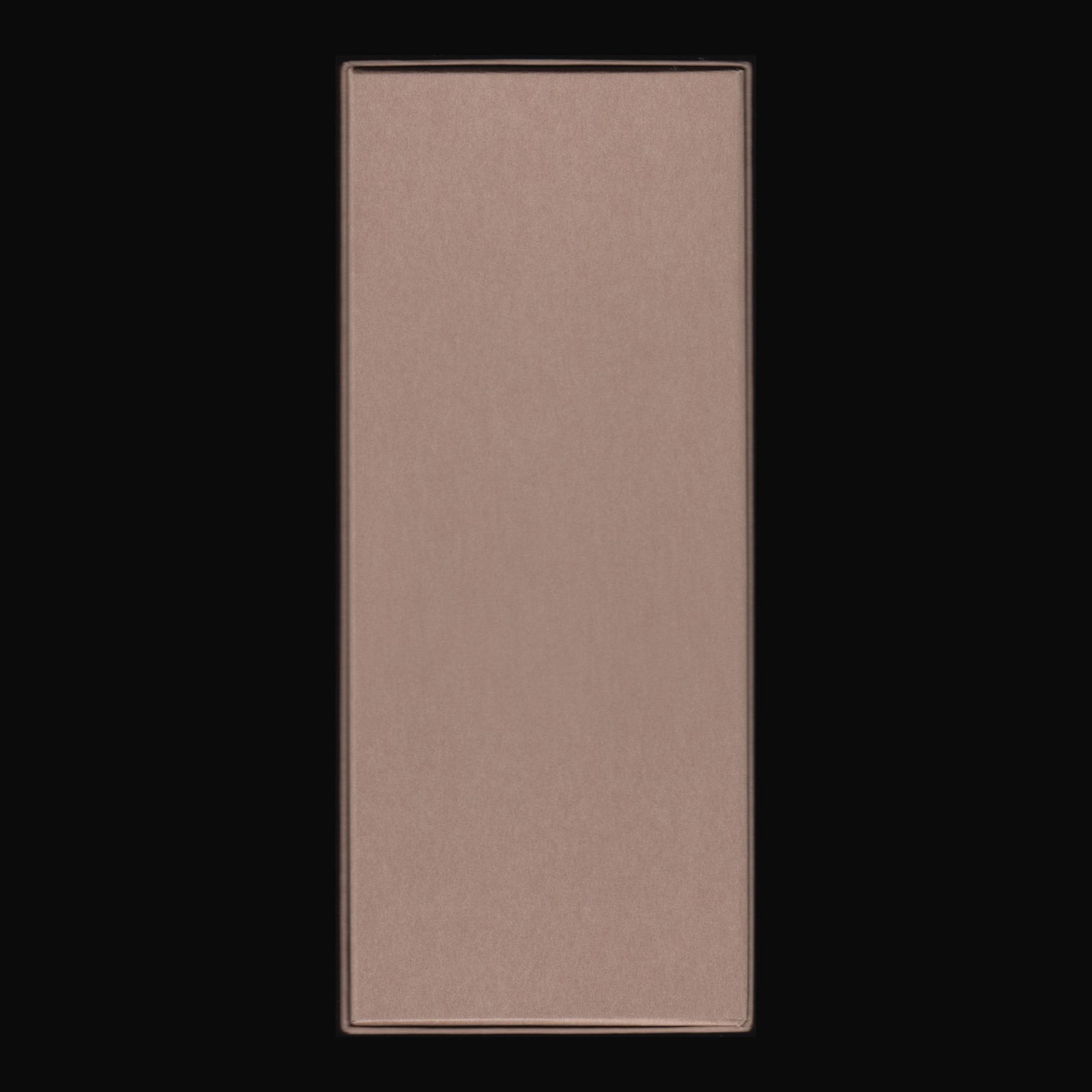

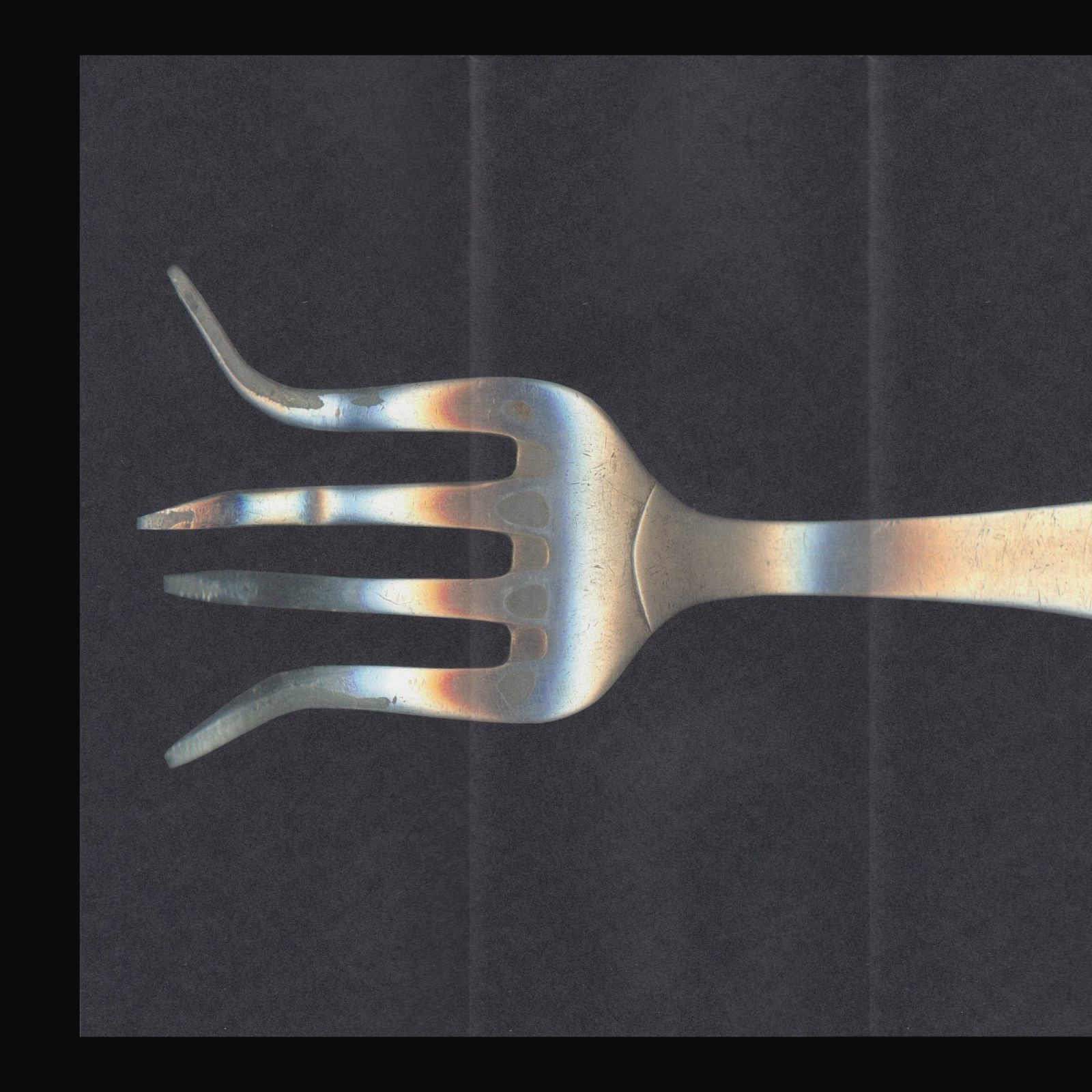
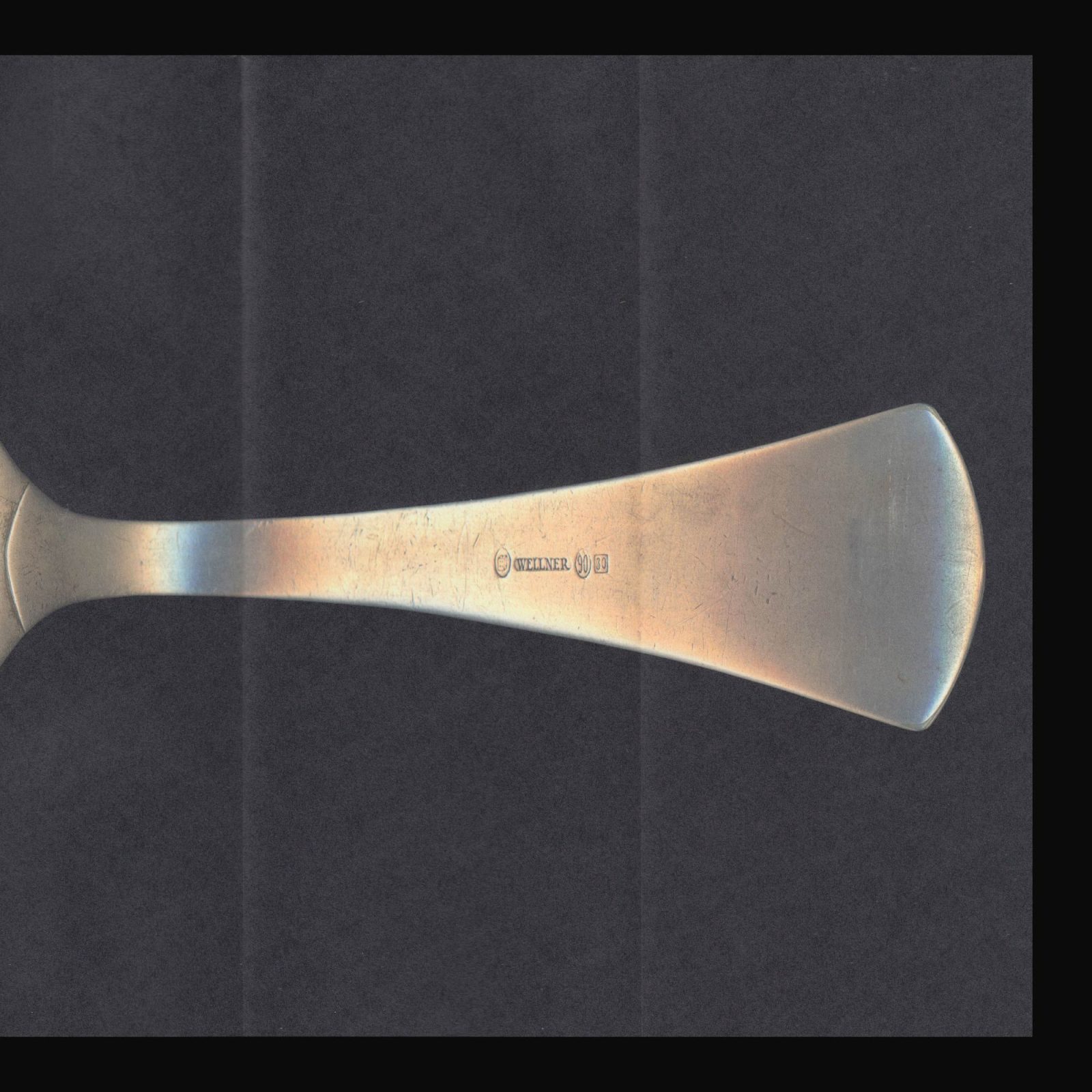
Edition of 80 copies signed and numbered by the artist, plus 8 artist’s proofs.
道具 / Tool consists of a set of four printed images of forks (two made of silver, two of plastic). Dramatically enlarged and slightly deformed, the utensils stand against a black background, strongly affirming their presence—until they are folded and put back in their custom-made box.
As in some of her previous works, Batia Suter is dealing here with typology and objecthood. These four images—which the artist photographed from her own collection of absurd cutlery—look like samples from a kitchenware catalogue focusing as much on the common features of forks as on their potential deformities and eccentricities. Recalling Karl Blossfeldt’s close-up photographs of plants, they highlight the specificity and variety of forms hidden in ordinary things, as well as the strange, almost threatening nature of these “predatory” tools.